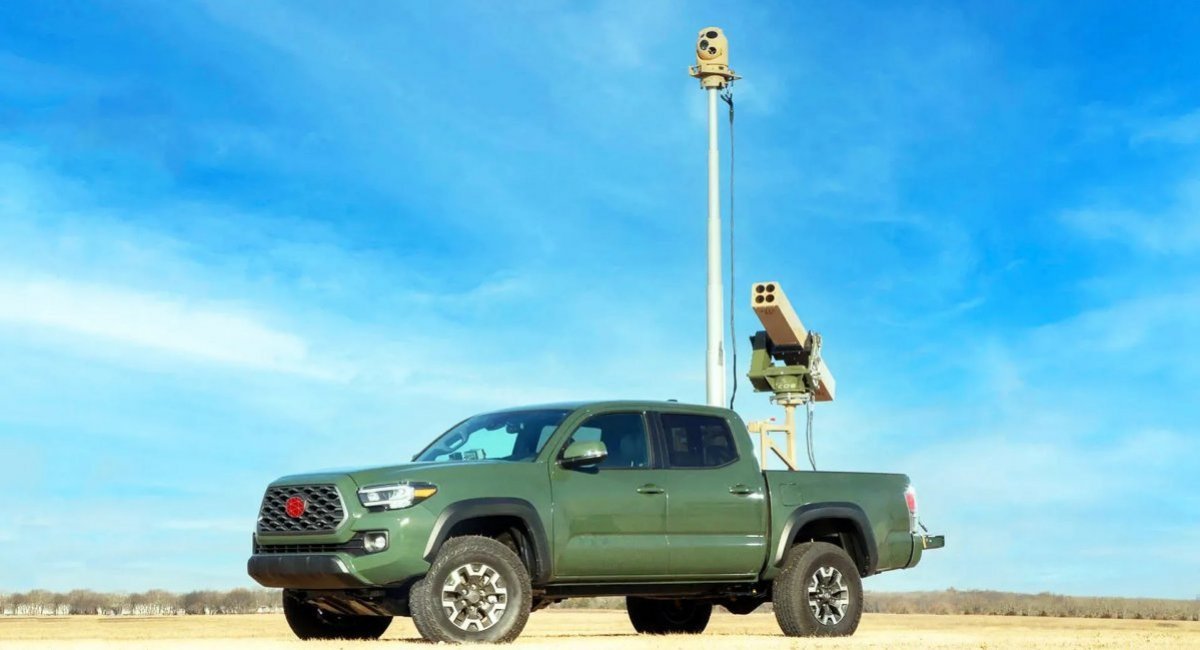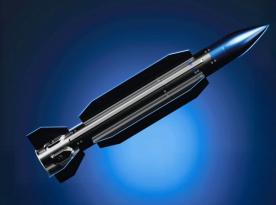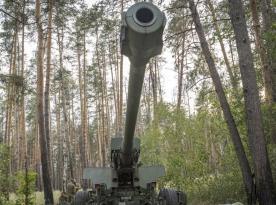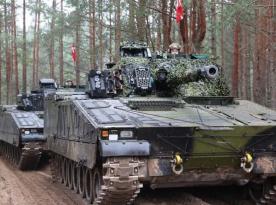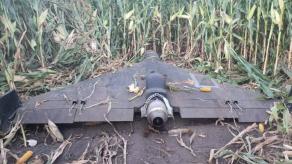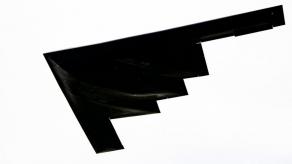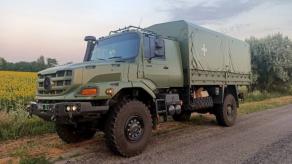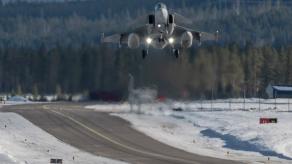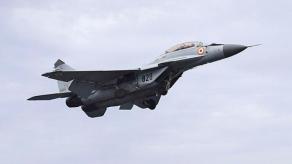The American defense firm L3Harris Technologies has introduced six new versions of its Vampire surface-to-air missile system. The expanded lineup includes ground-based, maritime, and airborne configurations, as well as EW-focused models.
According to L3Harris, the diversification of the Vampire family was driven by operational requirements from the United States and its allies. The goal is to provide cost-effective and precise countermeasures against small unmanned aerial systems (sUAS).
Read more: Following Ukraine's Success With Vampire Air Defense System, Taiwan Unveils Its Own Rapid-Fire Solution
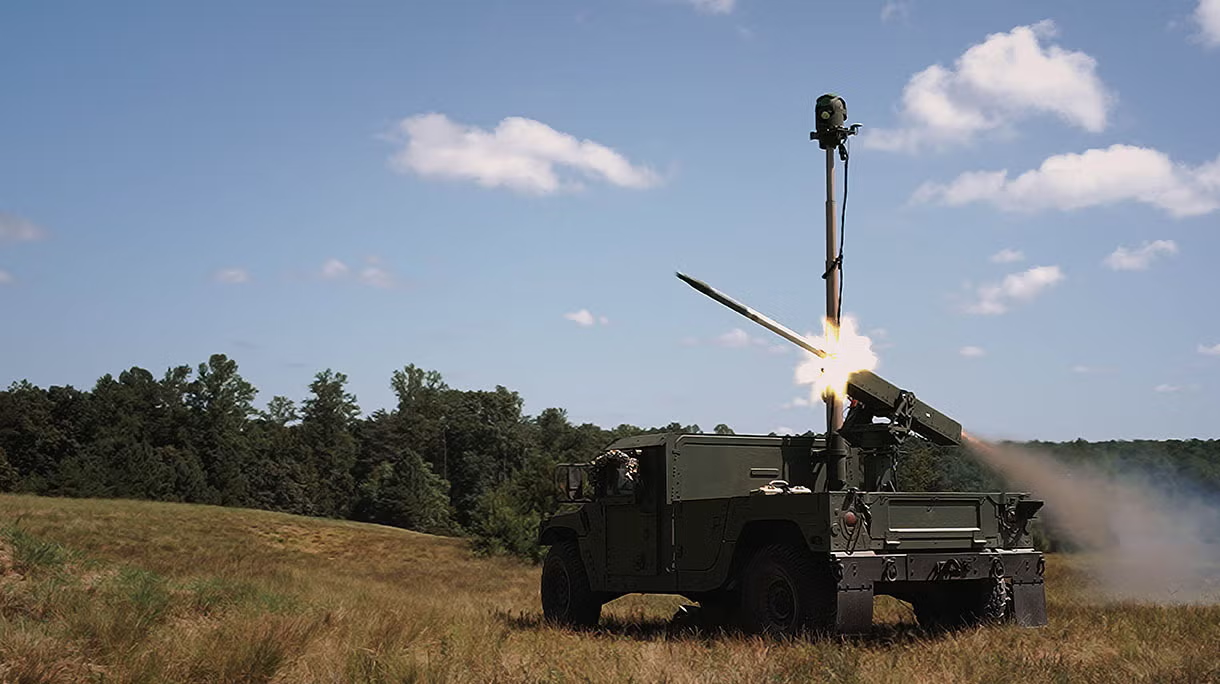
The company reports that Vampire has already shot down hundreds of drones and has been operational in Europe since 2023 — a timeframe that likely refers to its early deployment in Ukraine.
For the new configurations, L3Harris has integrated enhanced detection systems, precision-guided munitions, and non-kinetic EW tools. Artificial intelligence and machine-learning algorithms have also been incorporated to accelerate target detection and improve engagement against small, low-signature threats.
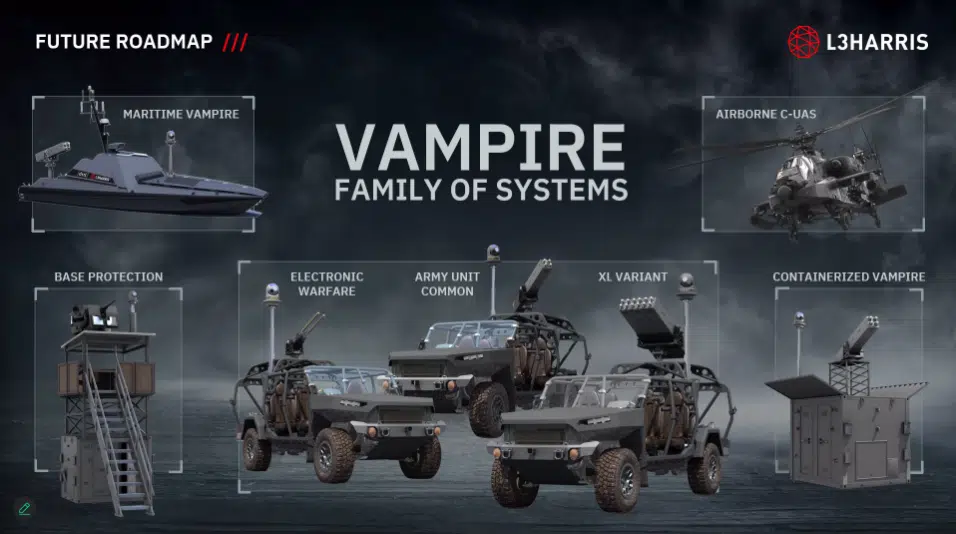
Imagery of the new variants suggests that the airborne version resembles — or possibly builds upon — existing helicopter- and fixed-wing launcher concepts. Similar airborne Vampire variants have already demonstrated effectiveness against Iranian-made UAVs. (Separately, integration of APKWS rockets on the Malloy T-150 quadcopter has been showcased as a BAE Systems project.)
The maritime version closely mirrors the ground system's layout, but instead of pickup trucks or HMMWVs, it will be mounted on unmanned surface vessels — a concept L3Harris illustrated back in 2024. This naval derivative is designated Black Lake.
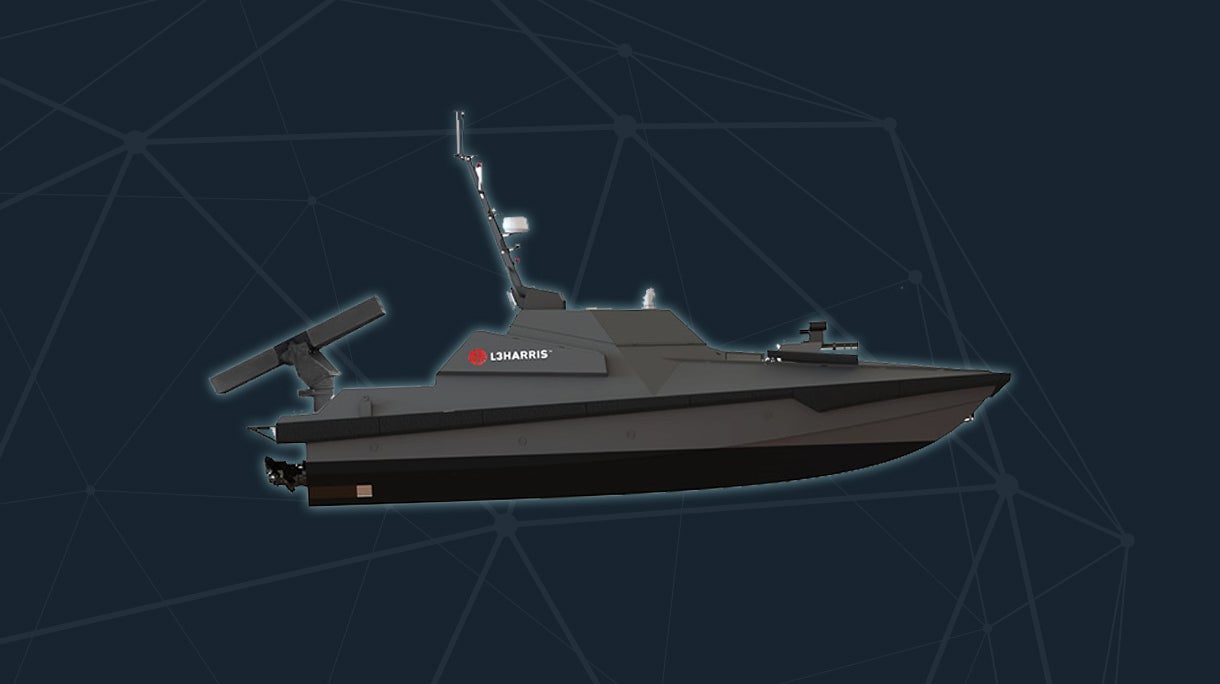
One of the most notable upgrades is the inclusion of non-kinetic and EW modules — a hallmark of modern counter-UAS systems. These capabilities expand the range of engagement options and can help protect the Vampire itself from certain threats, though they also increase the system's cost and complexity.
Ultimately, a once-conventional ground launcher firing 70-mm APKWS rockets has evolved into a versatile, multi-domain counter-drone platform — a transformation driven largely by operational experience gained in Ukraine.
Read more: L3Harris Wants to Integrate Vampire Anti-Aircraft System with Naval Drones, That's Exactly What Ukraine Needs




